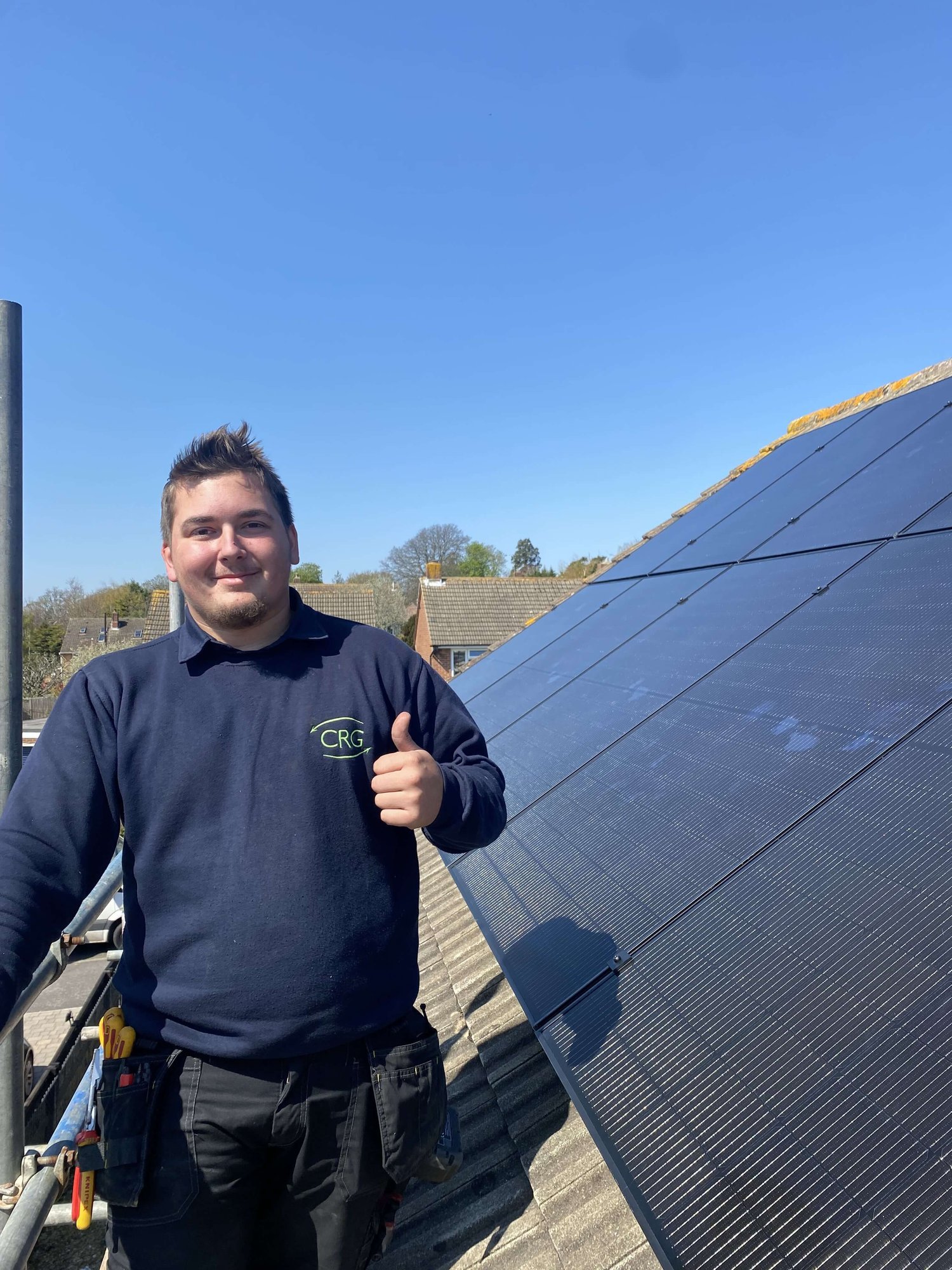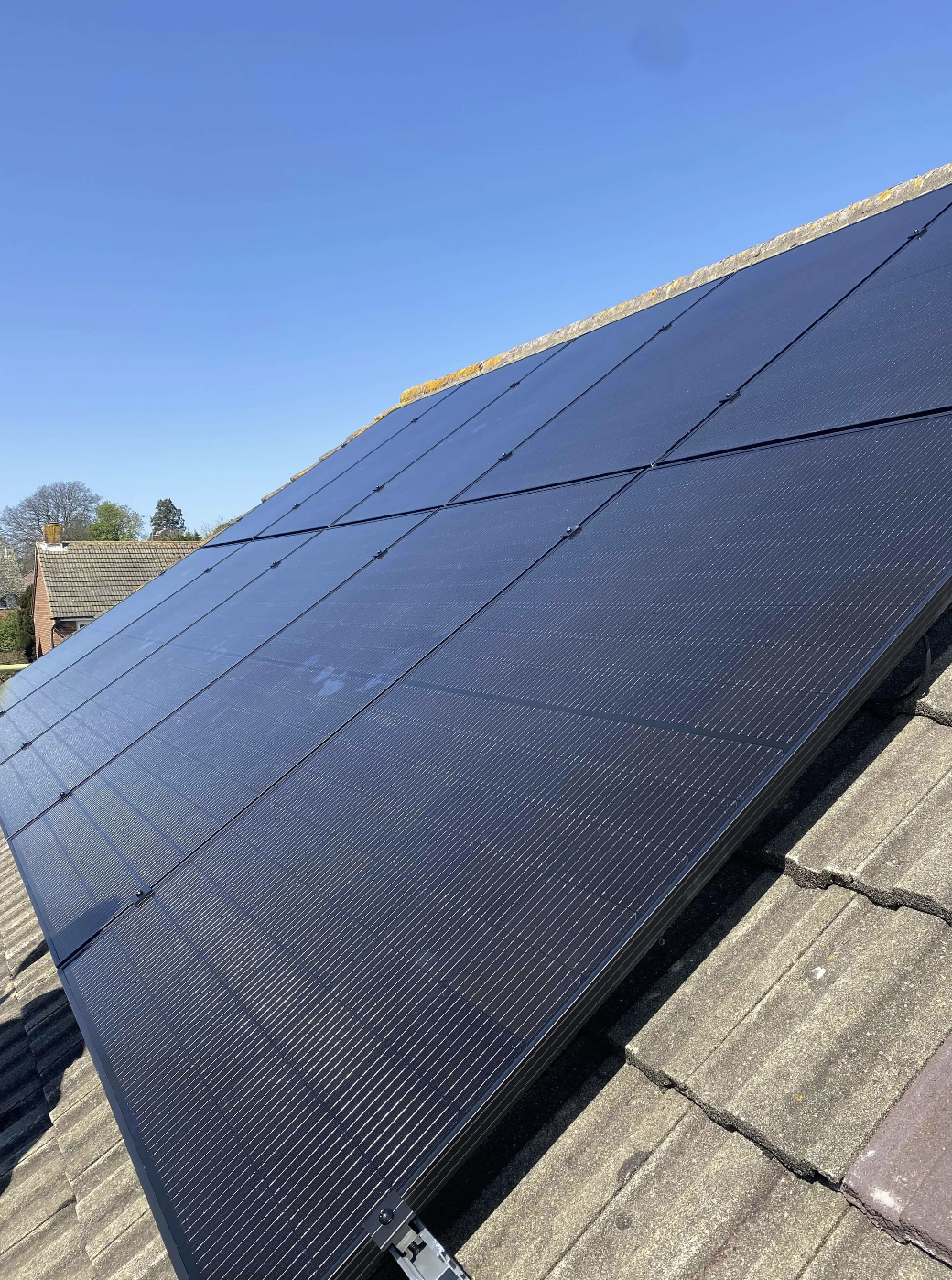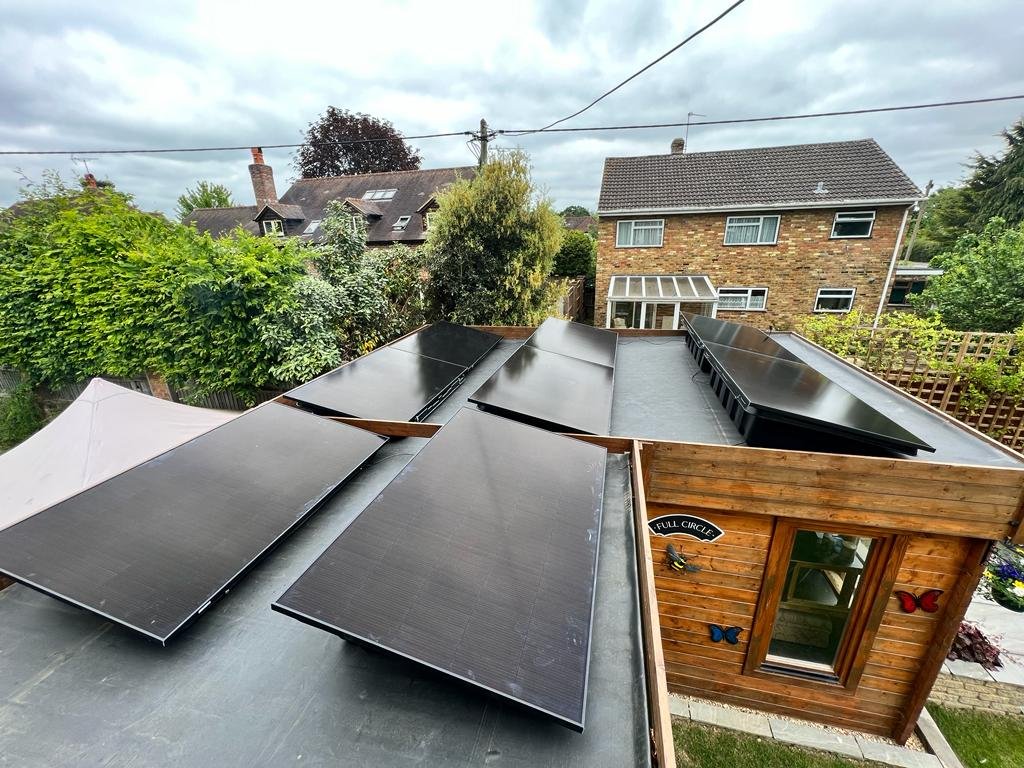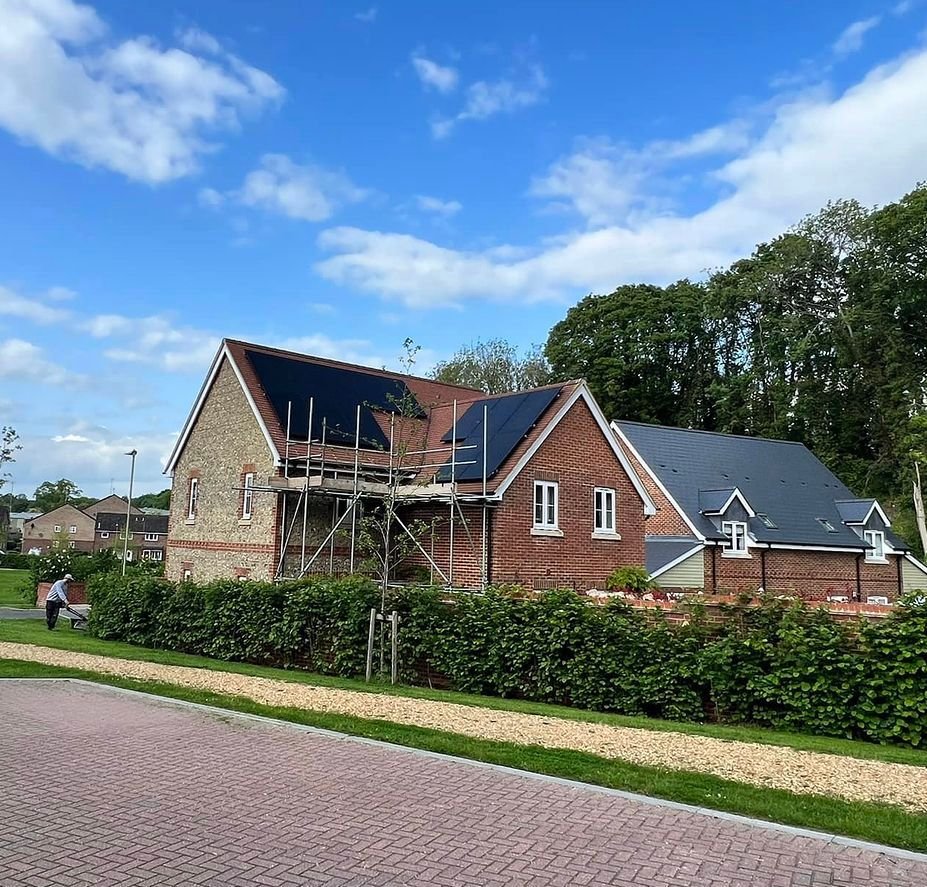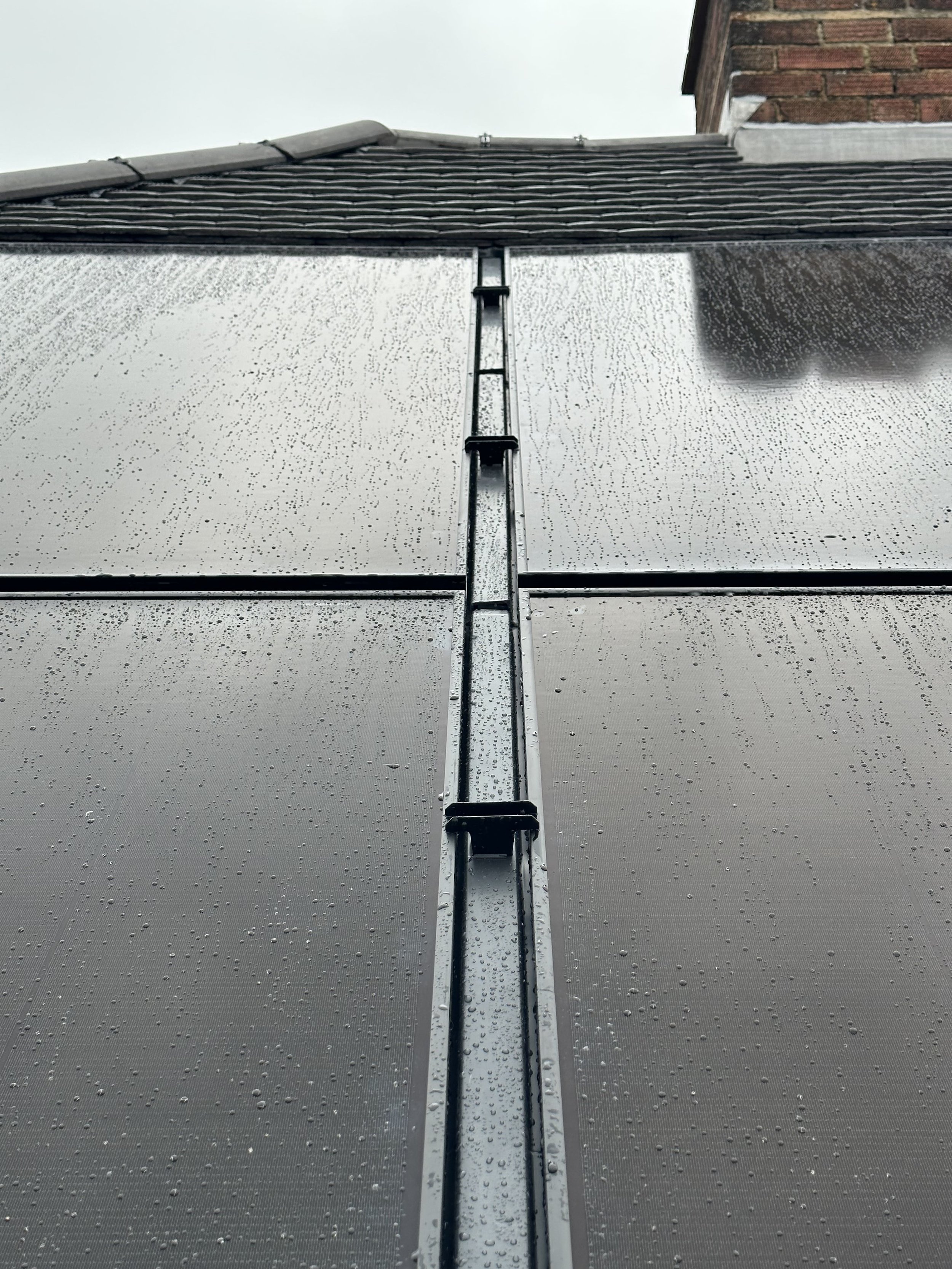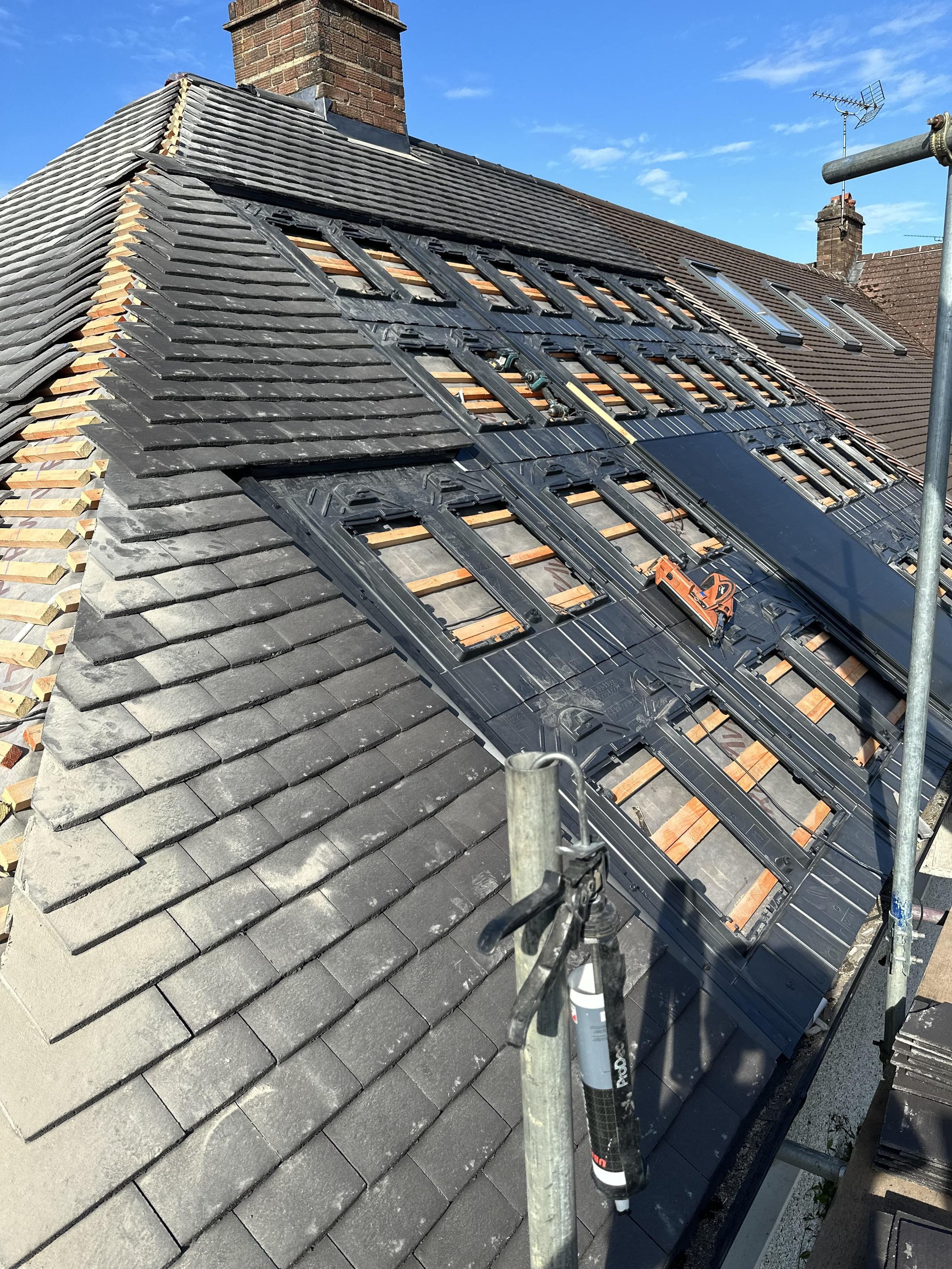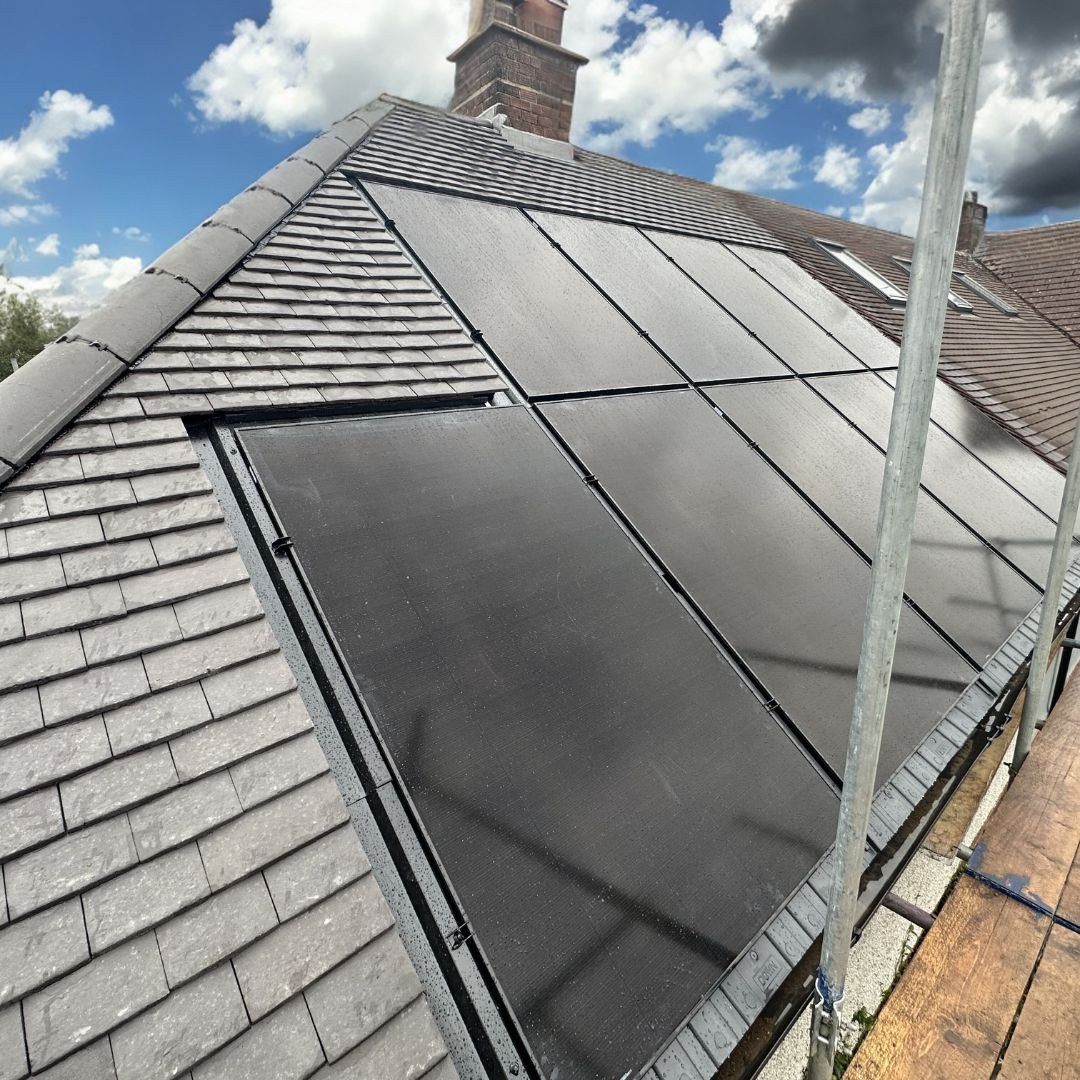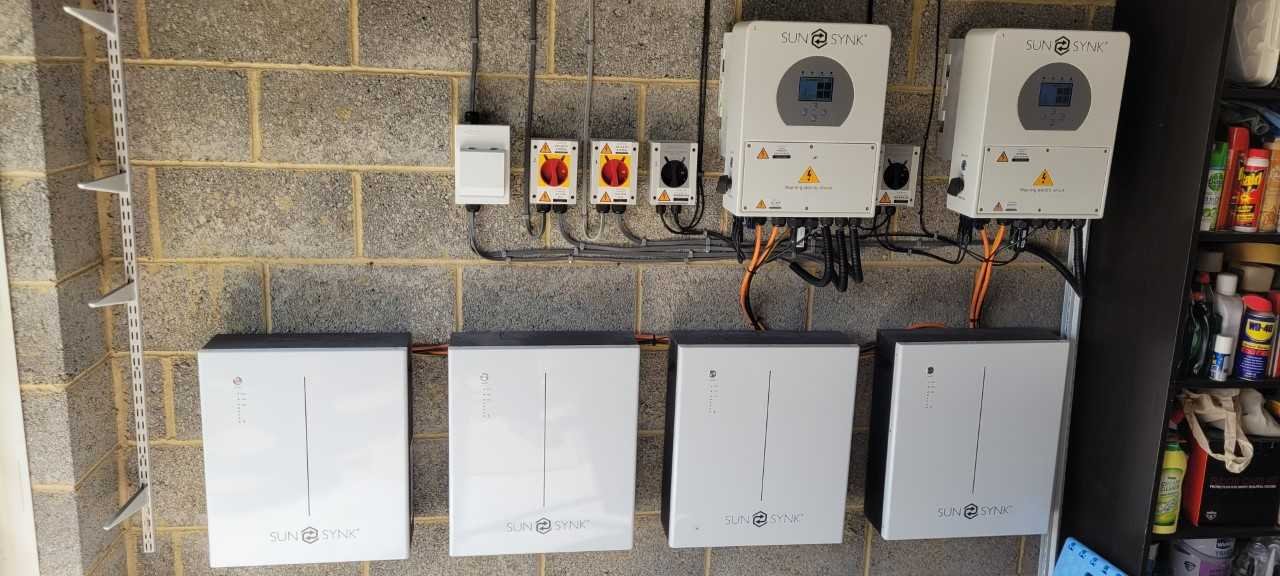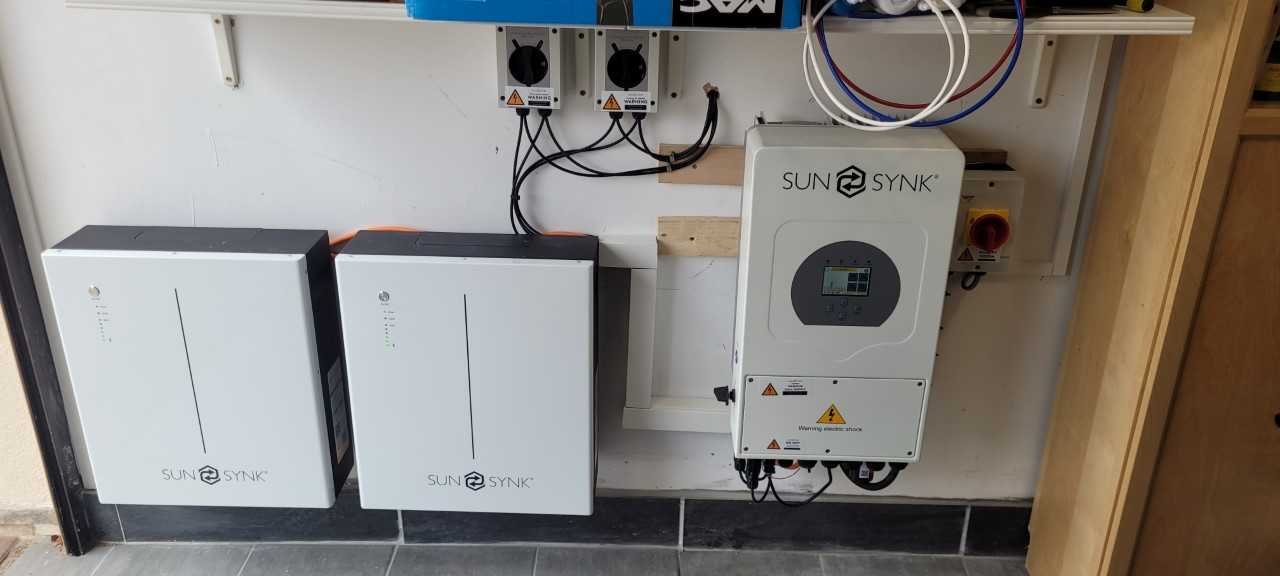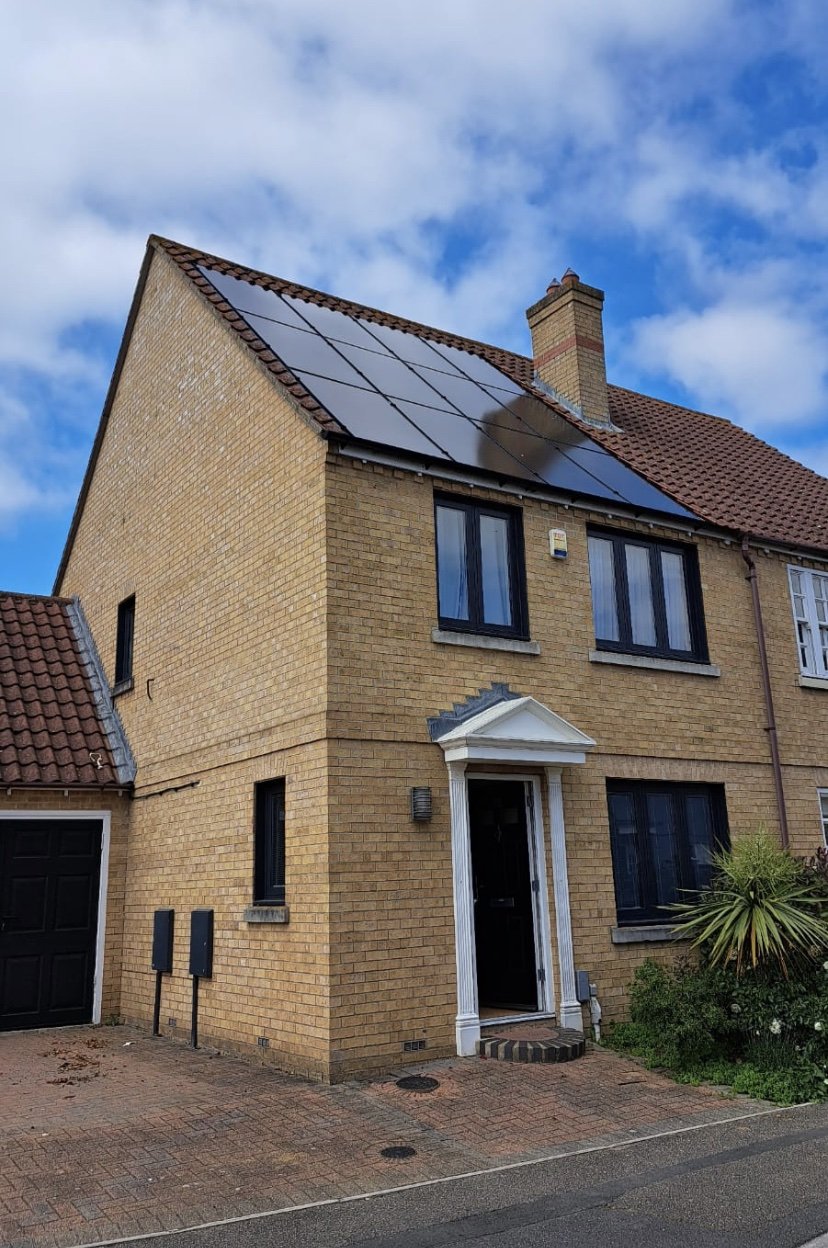How Do You Set Up a Solar Panel System?
In this post, you’ll find:
An overview of solar panel set up, from selecting panels to installing a complete solar system for your home.
Guidance on choosing the best roof orientation for maximum sunlight, including considerations for south-facing, west-facing, and flat roofs.
A breakdown of the solar panel installation process, including mounting structures, system components, and electrical wiring.
Setting up a solar panel system is an exciting step toward energy independence and reducing electricity bills. It is important to hire skilled installers to ensure the process is conducted correctly. Whether you’re looking to install solar panels on your home or business, understanding the process is essential for making informed decisions. Let’s dive into the key aspects of a successful solar panel set-up, covering everything from panel installation to solar battery storage and more. Check with local councils and energy suppliers for potential financial support or incentives for solar installations, like the ECO4 grant.
Understanding Solar Panel Systems
What is a Solar Panel System?
A solar panel system, also known as a photovoltaic (PV) system, is a setup designed to convert sunlight into electricity. This system comprises several key components that work together to harness solar power efficiently. At the heart of the system are the solar panels, which absorb sunlight and generate direct current (DC) electricity. This DC electricity is then converted into alternating current (AC) electricity by a solar inverter, making it suitable for powering household appliances and feeding into the electrical grid.
In addition to solar panels and a solar inverter, a solar panel system may include a mounting system to secure the panels in place and, optionally, a battery for storing excess energy. This stored energy can be used during periods of low sunlight or at night, enhancing the system’s reliability and reducing dependence on the grid. By understanding these components and their functions, you can better appreciate how a solar panel system works to provide clean, renewable energy for your home.
What Are the Main Components of a Solar Panel System?
To begin with, a solar panel system is made up of several key components that work together to convert the sun's energy into electricity for your home:
Solar panels: These capture sunlight and convert it into direct current (DC) electricity. PV panels (photovoltaic panels), including thin-film solar panels, are popular options.
Solar inverter: This device converts the DC electricity into alternating current (AC) to power your home.
Charge controller: A critical component for regulating the power going to your battery bank, especially in an off-grid solar system.
Solar batteries: Used to store excess energy that can be used later, particularly useful for homes aiming for energy independence or off-grid living.
Mounting structure: Ensures the panels are securely installed and angled to receive maximum sunlight.
Electrical wiring: Connects everything together, transferring energy from the panels to the inverter and other components.
Choosing the Right Solar Panels
When it comes to selecting solar panels for your PV system installation, there are several types to consider, each with its own set of advantages and disadvantages. The most common types of solar panels include:
Monocrystalline Solar Panels: Made from a single crystal of silicon, these panels are known for their high efficiency and durability. They tend to be more expensive but offer superior performance, making them a popular choice for those looking to maximize energy output.
Polycrystalline Solar Panels: These panels are made from multiple silicon crystals and are generally less expensive than monocrystalline panels. While they are slightly less efficient, they still provide a reliable and cost-effective option for many homeowners.
Thin Film Solar Panels: Composed of a thin layer of photovoltaic material, these panels are lightweight and flexible. They are typically less expensive than both monocrystalline and polycrystalline panels, but they also have lower efficiency. Thin film solar panels are ideal for applications where weight and flexibility are important considerations.
Bifacial Solar Panels: These innovative panels can absorb sunlight from both the front and back sides, increasing their overall energy output. Bifacial panels are particularly effective in environments with reflective surfaces, such as snow or water, which can enhance their performance.
By understanding the different types of solar panels available, you can make an informed decision that aligns with your energy needs, budget, and installation requirements.
Types of Solar Panels
Designing Your Solar Panel Array
Designing the right solar panel array for your home involves several key considerations to ensure it meets your energy needs and fits within your budget. Here are some important factors to keep in mind:
System Voltage: The voltage of your solar panel system will influence the size of your array. Higher voltage systems can be more efficient and require fewer panels, but they also tend to be more expensive. It’s important to balance efficiency with cost when choosing your system voltage.
Panel Efficiency: The efficiency of your solar panels determines how much electricity they can generate from a given amount of sunlight. More efficient panels will produce more power per square foot, allowing you to install fewer panels to meet your energy needs. However, higher efficiency panels often come at a higher cost.
Roof Size: The available space on your roof will limit the size of your solar panel array. A larger roof can accommodate more panels, potentially generating more electricity. If your roof space is limited, you may need to opt for higher efficiency panels to maximize energy production.
Budget: The cost of your solar panel array will depend on the size and quality of the panels, as well as the installation costs. It’s important to consider your budget and find a balance between upfront costs and long-term energy savings.
By carefully evaluating these factors, you can design a solar panel array that effectively meets your energy requirements while staying within your financial constraints. This thoughtful approach will help you achieve a successful and efficient solar panel installation.
Choosing the Right Solar Panel Array Size
What is the Best Roof Orientation for Installing Solar Panels?
The roof orientation plays a crucial role in the effectiveness of your solar panel installation. Solar panels installed on a south-facing roof will capture the most direct sunlight, maximizing energy production. However, west-facing roofs can also generate significant power, especially during the afternoon when energy consumption is higher. North-facing roofs, on the other hand, are less ideal due to limited sun exposure.
If your home has a flat roof, special mounting structures can be used to tilt the panels toward the sun to capture maximum sunlight.
How Do You Calculate How Much Power You Need?
Determining how much power your solar panel system should produce depends on your household’s electricity usage. Factors include:
Energy consumption: Look at your electricity bills to understand how much energy (in kWh) you typically use per month.
System size: Larger systems with more panels will generate more power, but they come with higher installation costs.
Battery power: Installing solar batteries allows you to store excess energy, reducing your reliance on the grid and lowering your electricity costs over time.
You'll also want to consider your energy needs during peak times and whether you plan to use additional technologies like heat pumps or an electric vehicle charger. By knowing your watt hours of consumption, you can determine the number of panels and the system voltage needed for your setup.
What Are the Installation Costs Involved?
The total cost of installing solar panels depends on several factors, including the size of the system, the type of panels, and labour costs. Check with local councils and energy suppliers for potential financial support or incentives for solar installations. In the UK, government schemes and incentives like the Smart Export Guarantee (SEG) and export tariffs can offset some of the costs, helping to lower the initial financial outlay.
The installation process involves several steps:
Install scaffolding: Ensuring safety for the crew working on the roof.
Panel installation: Mounting the panels securely, using the correct angle for maximum sunlight exposure.
Wiring and connecting the system: Includes both parallel connections for multiple panels and connecting to the inverter.
System performance tests: Ensuring the system is fully operational and performing optimally.
How Long Does It Take to See a Payback Period?
The payback period of a solar system refers to how long it will take for the savings on your electricity bills to cover the initial installation costs. Most solar panel installations reach this breakeven point within 5 to 10 years, depending on how much energy you consume, the excess energy you generate, and if you have a battery storage system in place. The ability to store excess energy can further reduce your reliance on the grid, enhancing your savings over time.
Can Solar Panels Lower Electricity Bills?
Absolutely! By harnessing the sun's energy and converting it into usable electricity, your home can drastically reduce its dependency on the grid. As a result, you'll notice lower electricity bills. For homes with a solar PV system, installing solar batteries and other components like charge controllers ensures you're storing energy for later use, further reducing costs.
Additionally, selling any excess energy back to the grid under the Smart Export Guarantee scheme can generate extra income, enhancing your savings even more.
What About Off-Grid Solar Systems?
For those looking to go entirely off-grid, solar technology offers a great solution. By combining solar batteries, a charge controller, and a well-sized battery bank, it's possible to generate and store enough power to meet all your needs without relying on the grid. This setup is ideal for rural or remote locations and can be paired with deep cycle batteries for longevity. However, off-grid systems require careful planning regarding how much energy you consume and ensuring your system produces enough power, especially during low sunlight periods.
Are There Any Additional Costs for Installing Solar Panels?
Aside from the panel installation and labour costs, there are a few other factors to consider:
Battery storage: For homes looking to store excess energy, solar batteries are an additional investment.
Mounting structure: Custom structures for flat or awkward roofs may increase costs.
Electrical wiring: Depending on your home’s existing setup, you may need to invest in extra wiring or a modified sine wave inverter.
Maintenance: While solar panels require minimal maintenance, an annual check-up of your system’s performance ensures everything is running smoothly.
How Does Solar Power Improve Energy Independence?
Solar power offers a path to energy independence by allowing you to generate and store your own electricity. With battery storage solutions, you can rely on your solar system during power outages or in remote areas where grid access is unavailable. As a renewable energy source, solar power helps reduce reliance on fossil fuels, contributing to a cleaner environment while lowering electricity costs.
Are There Any Government Incentives for Installing Solar Panels?
In many countries, including the UK, the government offers various schemes and incentives to make solar panel installation more affordable. Check with local councils and energy suppliers for potential financial support or incentives for solar installations. The Smart Export Guarantee (SEG) allows you to sell unused electricity back to the grid, offsetting your costs and even providing a source of income. Additionally, some local governments offer rebates or tax incentives for renewable energy investments like solar panels.
What Are Some Tips for Maximizing Your Solar System’s Performance?
To ensure your solar panel system performs optimally:
Install panels on a south-facing roof or angle them on a flat roof to capture maximum sunlight.
Regularly monitor your system’s performance through inverters or monitoring apps to check efficiency.
Ensure your system’s voltage is suitable for your home’s energy needs.
Consider adding more panels or expanding your battery bank if your energy needs grow.
By following these tips, you can maximize your energy consumption, reduce your electricity costs, and improve the overall efficiency of your solar installation.
Setting up a solar panel system can significantly lower your electricity bills, increase your energy independence, and help you contribute to a greener future. With the right solar installation, you’ll be able to harness the sun's energy to power your home for years to come!
Contact us to arrange a free, no obligation quotation
from our friendly team. We'll get back to you within one working day.
Try our solar system cost calculator
Get an idea of what system might suit your home and what your approximate cost of a solar system would be.
What we can help you with
Our Quality Work & Products
